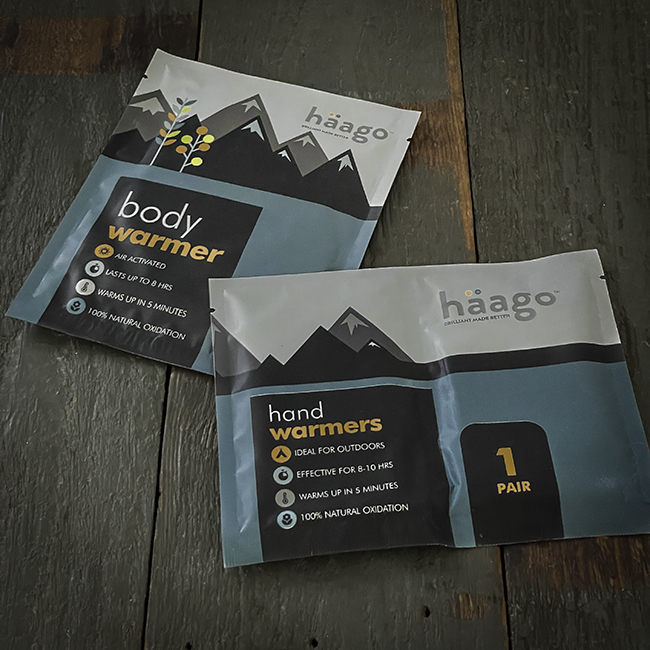Accidents happen and can create potentially dangerous situations needing to be solved swiftly and effective. Over the years I have had my fair share of mishaps. Some say injuries are inevitable when pushing limits, no matter how carefull you are.
The first step is to be prepared for these occasions, with both tools and knowledge.
Preparation starts by checking rescue- and first aid kits whilst your still able to replenish your necessities. Make sure you know how to use the kits. Practise your rescue techniques and know how to find things in your first aid kit. When you are ready to leave, check for any known health issues within the group that can cause complications during the trip.
It is mandatory to carry a First Aid Kit that fits your ability to act. Carry what you might need and know how to use. As a former Commando Medic and Whitewater Rescue Technician (Rescue 3 Europe Whitewater / WRT-REC & WRI Swiftwater) I have a certain specific level of knowledege. That’s would my personal kit reflects. Pack your kit to help yourself, so you can locate the right components whilst in distress.
 | Pack your First Aid Kit with products and tools you can actually use! Sometimes events take a turn for the worse. While solo walking the Black Cuillin counter-clockwise around Loch Coruisk (start/finish at Elgol), a piece of Collies Ledge gave way, and me and my 25 kg backpack fell 7 meters onto a small lower ridge. (luckily) I had a 6 cm cut showing the subcutaneous patellar tendon and tore two ankle ligaments. This meant I had to suture/stitch the cut and had to tape my ankle. I new how to perform this self help ánd had the gear with me. The alternative was to use my PLB and send a distress signal to the rescue services. |
My Basic First Aid Kit
My Basic First Aid Kit is packed in a 8 liter waterproof bag containing a Venimex venom extractor kit, a windlass tourniquet and an adapted combination of the ‘Care Plus Mountaineer‘ & ‘Care Plus Refill kit – Sterile‘ First Aid Kits. (My own extra additions in Blue):
- Haago Body Warmers, 4x sets
- An Emergency Shelter
- Compresses 5×5 cm
- Plasters 25×72 mm
- Plasters 60×100 mm
- Wound plasters 10 x 25 cm (really big)
- Spray Plaster (quick, waterproof)
- Plasters 19×38 mm
- Hydrophilic bandages 5 cm x 4 m
- Finger plasters
- Knuckle plasters
- Blister plasters 5×5 cm
- Non-sticking compresses 10×10 cm
- Set of butterfly stitches (5)
- Emergency bandages 12×12 cm
- Roll of fixing tape 2.5 cm x 5 m
- Care Plus® Waterproof bandage 8 x 6 cm
- Triangular cloths
- Vinyl gloves
- Alcohol wipes
- Betadine (disinfectant)
- Packet of safety pins (6 pins)
- Emergency blanket
- Mouth-to-mouth facemask
- unbreakable thermometer
- Pair of first aid scissors (large)
- Tweezers
- Blood lancets
- Doctor’s statement
- Care Plus First Aid Guidance Card
- Roll duct tape
- Sports tape, 2.5 cm x 10 cm
- Non Elastic Athletic tape (for joint fixation and relieve)
- Hydrophilic bandage 7.5 cm x 4 m
- Net bandage
- Splint
- Splint 36″ (arm-sized splint)
- Finger Splint (kayaking specific)
- Small tampons (nose bleeds)
- Emergency whistle
- Lipstick/lip balm
- Foot powder
- Guide to emergency signals
- Needle and syringe 0.6×25 / 5 ml, 6 pieces
- Disposable syringes 2 ml
- Disposable syringes 5 ml
- Disposable needles 0,4×20 mm
- Disposable needles 0.8×40 mm
- IV needle (Cannula IV) 125 ml/min
- Laceration Kits: Suture & needle 75 cm/nylon
- Scalpel
- Tick remover
- Medicines
- Immodium (Loperamide is a medicine to treat diarrhoea)
- Bisacodyl (Laxative treating constipation)
- Paracetamol (pain relieve)
- Epi-pen adrenaline-autoinjector (treating allergic reactions)
- Glucagon Injector (treating Diabetis)
- Oral Rehydration Salts Sachets (treating dehydration)
- Katadyn Micropur (Water Purification Tablets)
Body Warmers
Hypothermia occurs when wet, wind, and cold overwhelms the body’s ability to produce and to retain heat. Hypothermia can arise from a several minute unpredicted rescue in cold water; from days of rainy, cool conditions. With regards to my First Aid Kit, I allways pack Haago Body Warmers and an Emergency Shelter. These warmers are activated upon by exposure to Oxygen, staying warm for up to 10 hours, using 100% Natural Oxidation.

